Complimentary worldwide shipping on orders over $400 · No import tariffs for most countries
Complimentary worldwide shipping on orders over $400 · No import tariffs for most countries
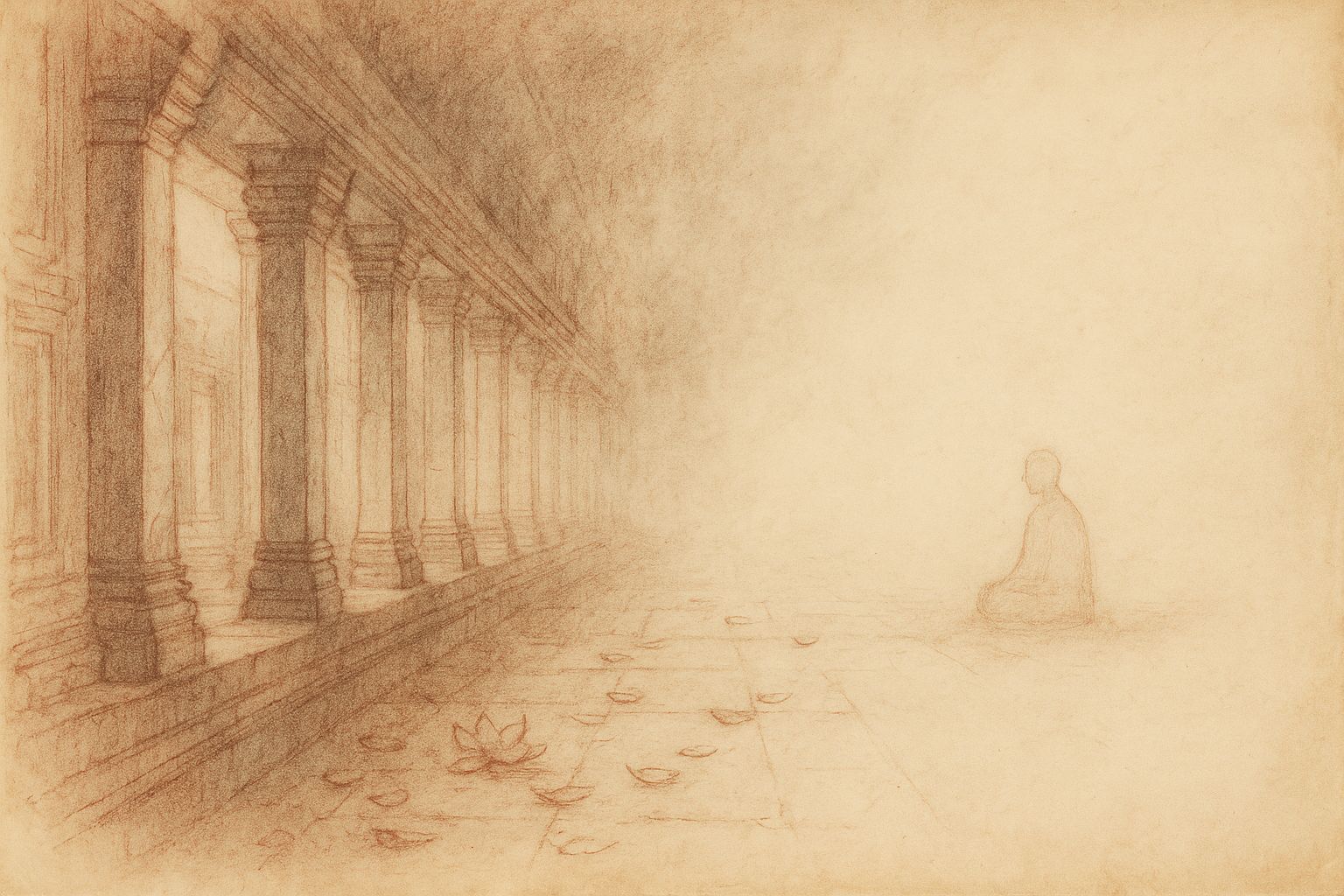
The Silence Between Temples
3 min read
How absence holds memory, and why every act of creation must bow to quiet
The first thing one learns among the ruins is not how to look, but how to listen.
Not to sound, but to the hush that follows it—the slow inhalation of air between walls, the exhale through corridors of stone. Somewhere between the echo of one birdcall and the next, Angkor breathes.
I walk beneath lintels darkened by centuries of rain, and the silence clings like incense. The sandstone remembers: chisels and chants, the press of bare feet, the long centuries of vines tightening in sleep. All this memory—without a single voice to speak it.
The space between temples is not a void; it is the connective tissue of devotion.
The jungle pathways, the intervals of open air—these are the breaths between prayers.
If one temple is the inhale of form, the next is the exhale of dissolution.
Between them lies the invisible rhythm that keeps the sacred world alive.
Silence is not absence.
It is the body of what remains when everything visible has gone.
In the work of creation, it is the same.
Each photograph begins not with sight but with stillness—
the waiting until the noise of intention quiets,
until the desire to capture dissolves into the willingness to receive.
Only then does the image appear—not taken, but given.
Art demands this surrender. Every act of creation must bow before the silence that precedes it.
The camera is not a machine but an ear, attuned to the moment when light passes through the unseen gate between being and remembering.
What is recorded on film is not the temple itself, but the pause—the breath that once passed through its stones.
I have often stood between Angkor Wat and Ta Prohm, feeling the air change weight as the forest deepens. One temple draws upward into the geometry of heaven; the other sinks inward into the roots of time. The silence between them feels alive—as if it were the bloodstream of both.
It is here, in the interval, that devotion hums.
Creation begins not from fullness but from restraint—from the courage to leave space unfilled.
Every composition, every page, every prayer depends upon what is withheld.
The sculptors of Angkor knew this. They carved gods from voids as much as from stone, allowing light to complete what their hands could not.
I think of absence as a companion, not a wound.
To honour it is to acknowledge the mystery of presence itself.
When I walk the causeways at dusk, I feel how the air folds back on itself, carrying fragments of chants long stilled.
The silence does not erase them; it preserves them in another form.
So too, in art.
Each finished image carries a residue of what was never revealed—
the gestures unmade, the light not chosen, the words left unsaid.
Without these, the work would collapse under its own certainty.
It is the unseen that grants it breath.
Between one shutter and the next, there is an infinitesimal pause—
a suspension of all things.
Within that fraction of quiet, the world rearranges itself.
The photographer becomes neither observer nor author, but witness to the passage between.
That is the true subject of the work:
not temples, nor trees, nor even light itself,
but the silence that binds them—
the same silence that gathers around the edges of every creative act,
the still field from which form rises and into which it returns.
Perhaps this is why I have always trusted the long exposure:
it allows time to reveal its own grace.
In waiting, one learns to breathe with the world rather than against it.
The air, the light, the shadow—all are in conversation.
The photograph becomes a record of listening.
In the end, the silence between temples teaches what words cannot:
that the sacred does not reside in what is built, but in the spaces that hold what was once whole;
that art, at its most honest, is an act of remembering without possession;
that to create is not to speak, but to keep faith with the pause that sustains all sound.
And so the work continues—not as conquest, but as reverence.
I return to the stones, to the air, to the unspoken interval.
I walk, and I listen,
and in the stillness between one breath and the next,
the temple breathes through me.
Also in Library
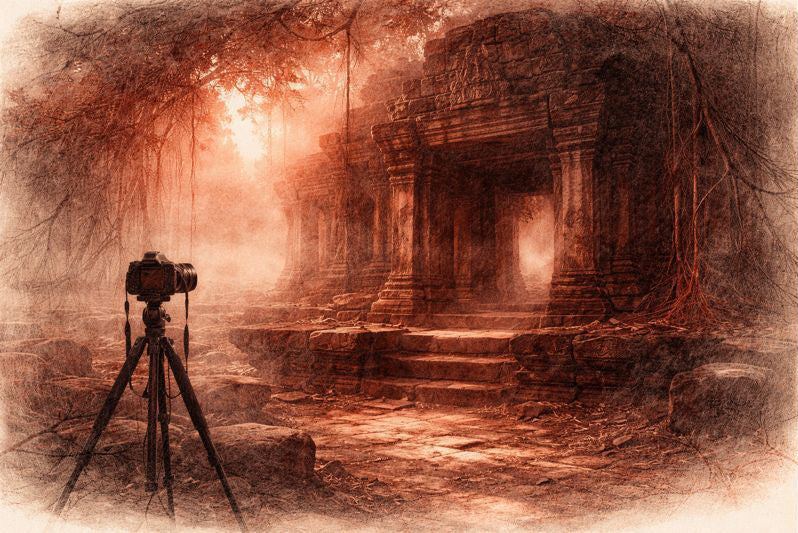
Before the Shutter Falls
3 min read
Before the shutter falls, fear sharpens and doubt measures the cost of waiting. In the quiet hours before dawn, the act of not-yet-beginning becomes a discipline of attention. This essay reflects on patience, restraint, and the quiet mercy that arrives when outcome loosens its hold.
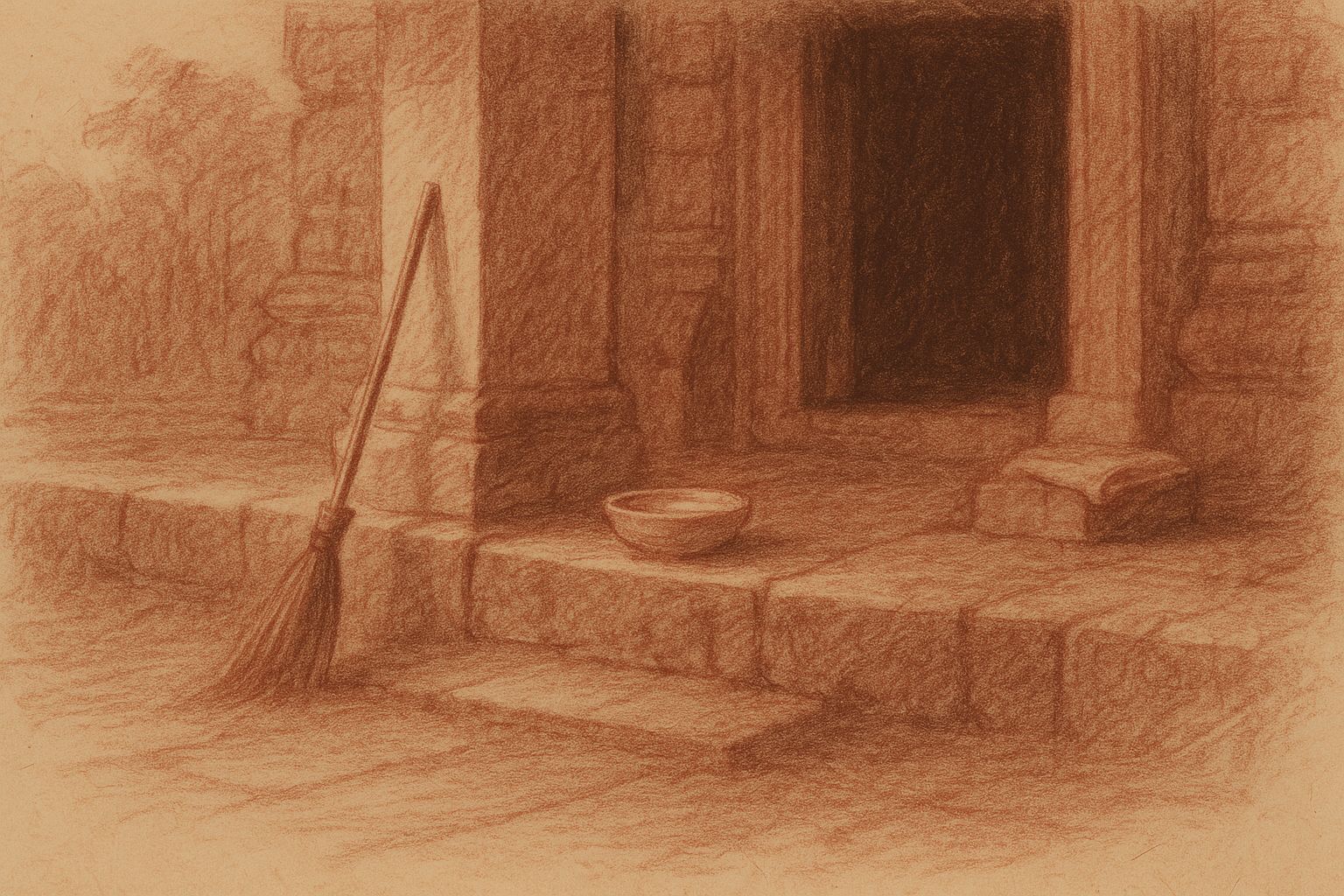
Those Who Keep the Way Open — On the Quiet Guardians of Angkor’s Thresholds
3 min read
Quiet gestures shape the way into Angkor — a swept stone, a refilled bowl, a hand steadying a guardian lion. This essay reflects on the unseen custodians whose daily care keeps the thresholds open, revealing how sacredness endures not through stone alone, but through those who tend its meaning.
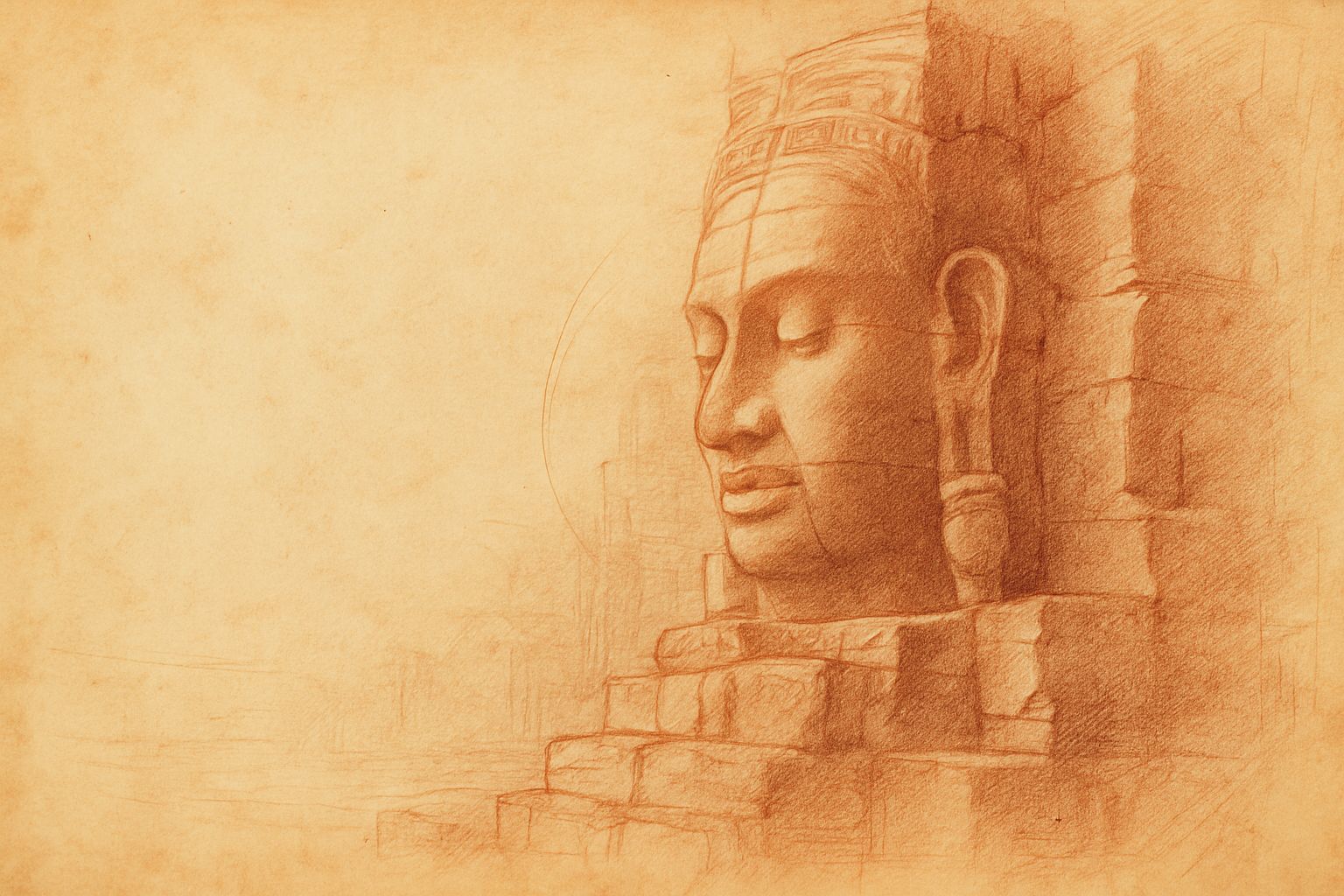
Multiplicity and Mercy — The Face Towers of Jayavarman VII
5 min read
A new vision of kingship rises at the Bayon: serene faces turned to every horizon, shaping a world where authority is expressed as care. Moving through the terraces, one enters a field of steady, compassionate presence — a landscape where stone, light, and time teach through quiet attention.
Join My Studio Journal
Receive occasional letters from my studio in Siem Reap—offering a glimpse into my creative process, early access to new fine art prints, field notes from the temples of Angkor, exhibition announcements, and reflections on beauty, impermanence, and the spirit of place.
No noise. No clutter. Just quiet inspiration, delivered gently.
Subscribe and stay connected to the unfolding story.
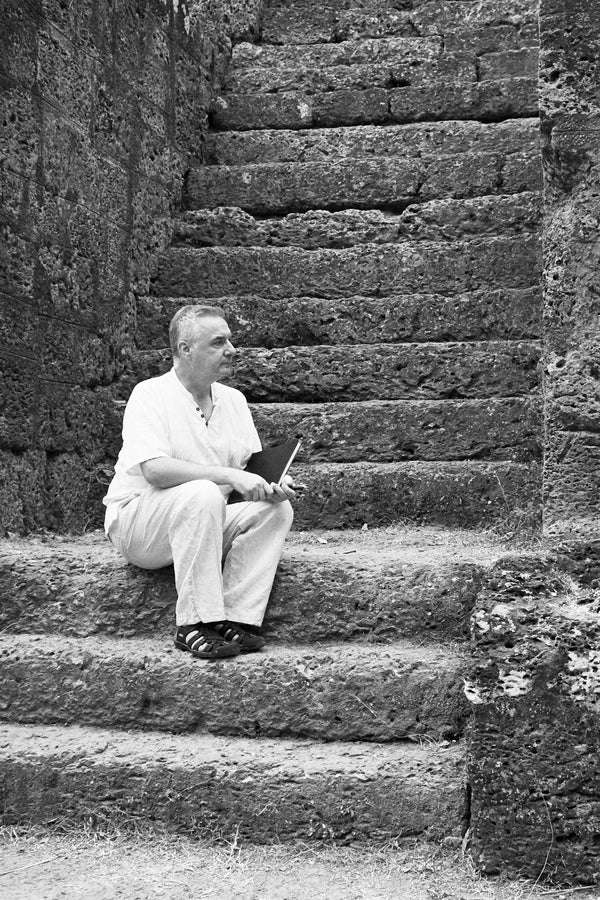
Join My Studio Journal
Receive occasional letters from my studio in Siem Reap—offering a glimpse into my creative process, early access to new fine art prints, field notes from the temples of Angkor, exhibition announcements, and reflections on beauty, impermanence, and the spirit of place.
No noise. No clutter. Just quiet inspiration, delivered gently.
Subscribe and stay connected to the unfolding story.
